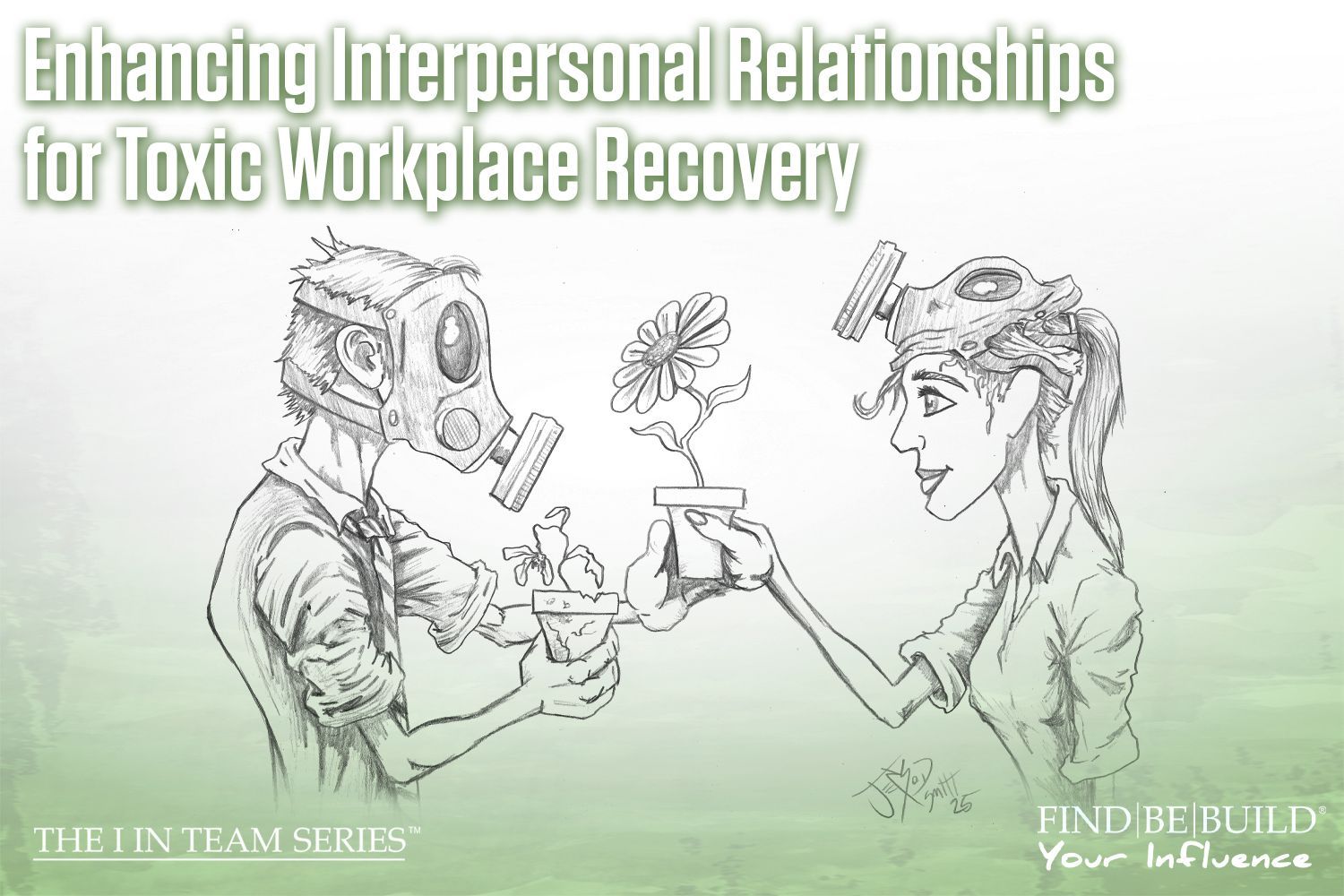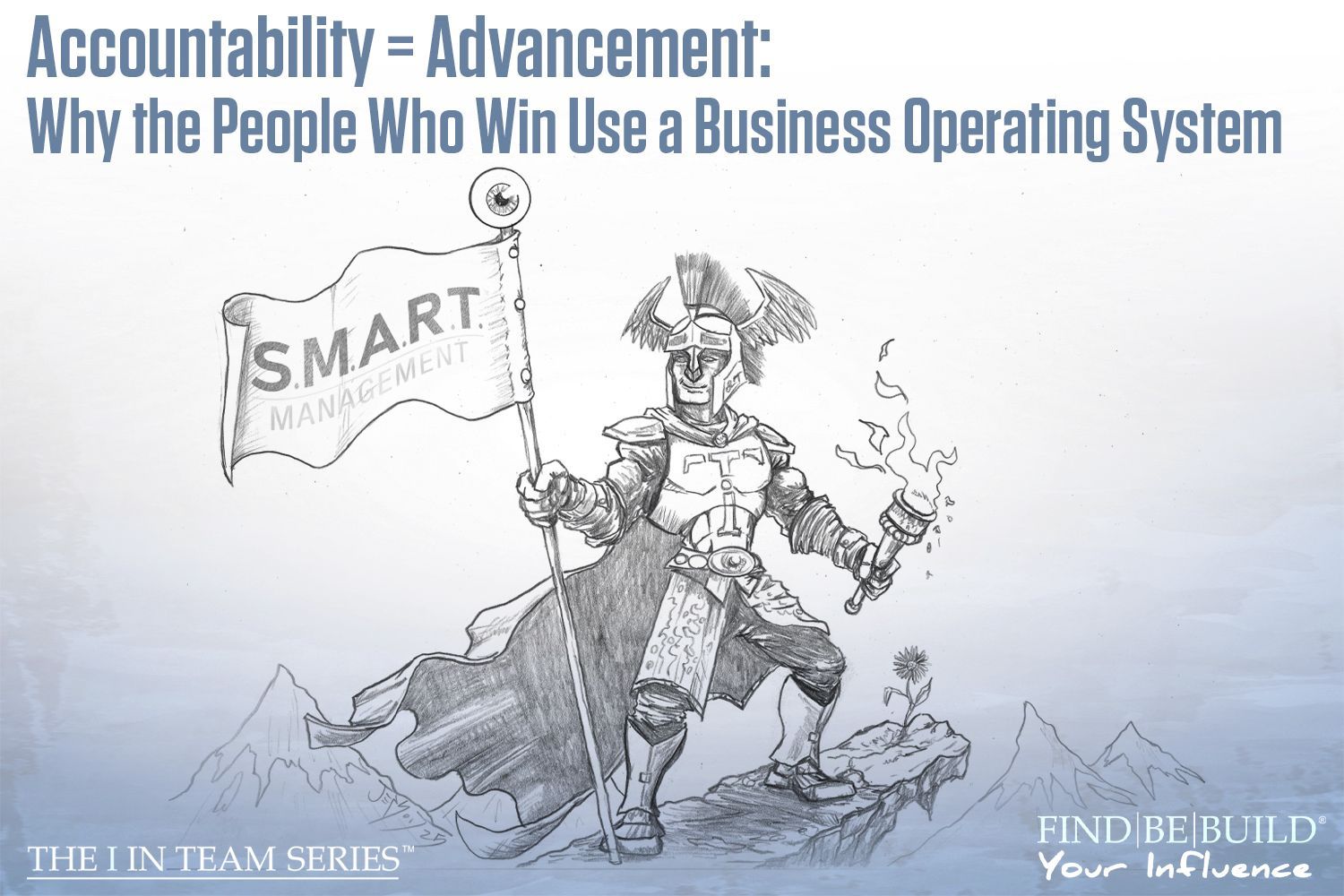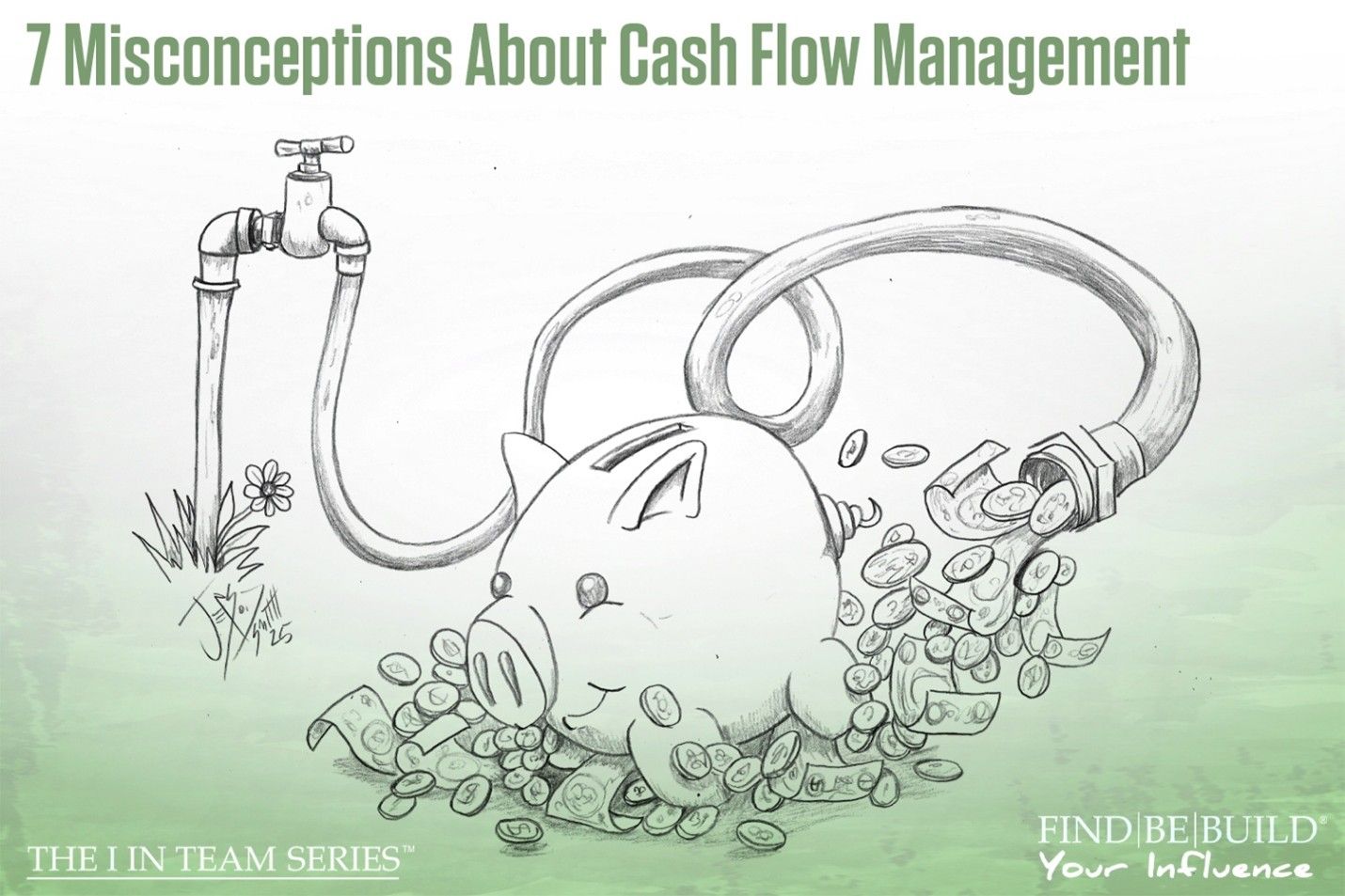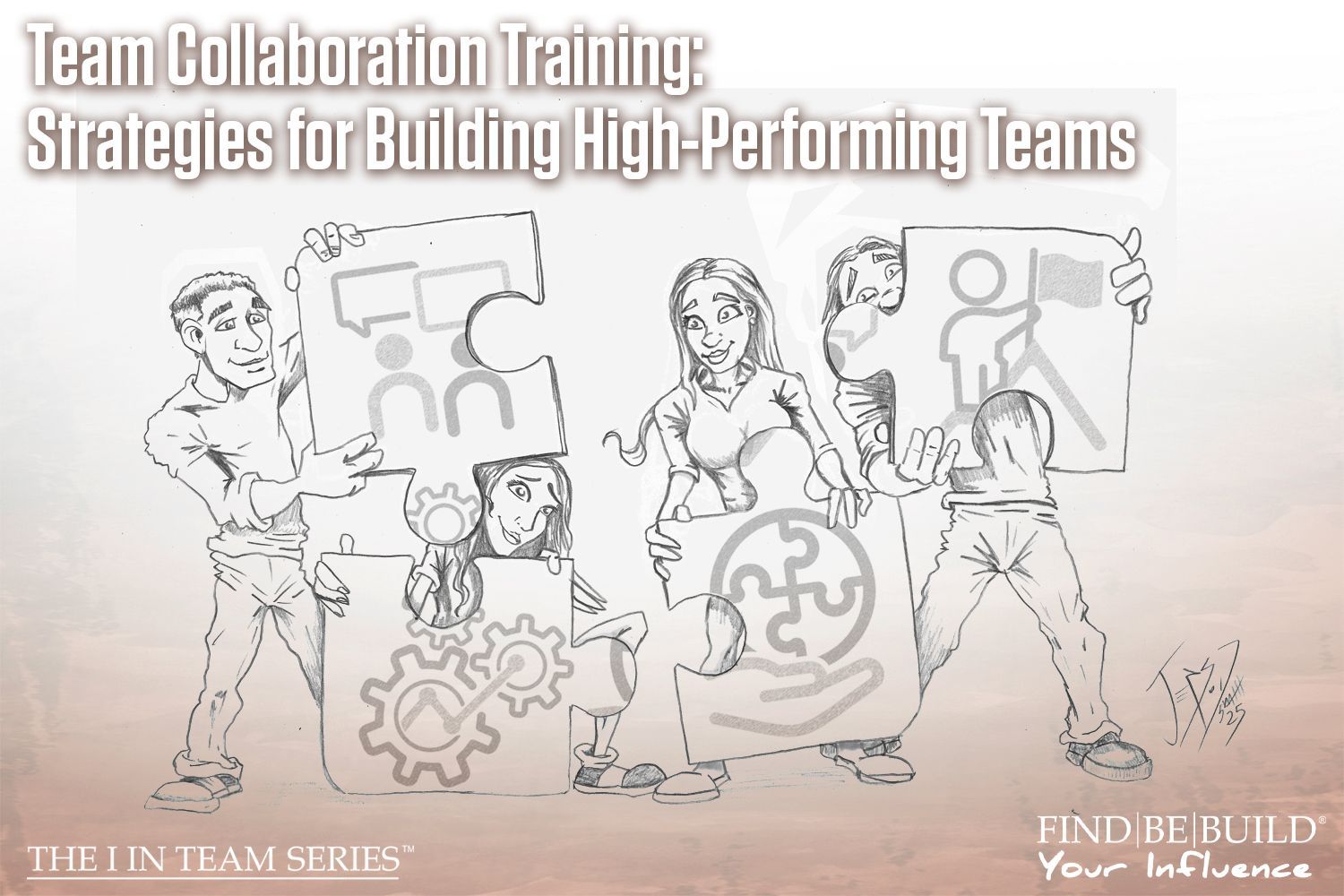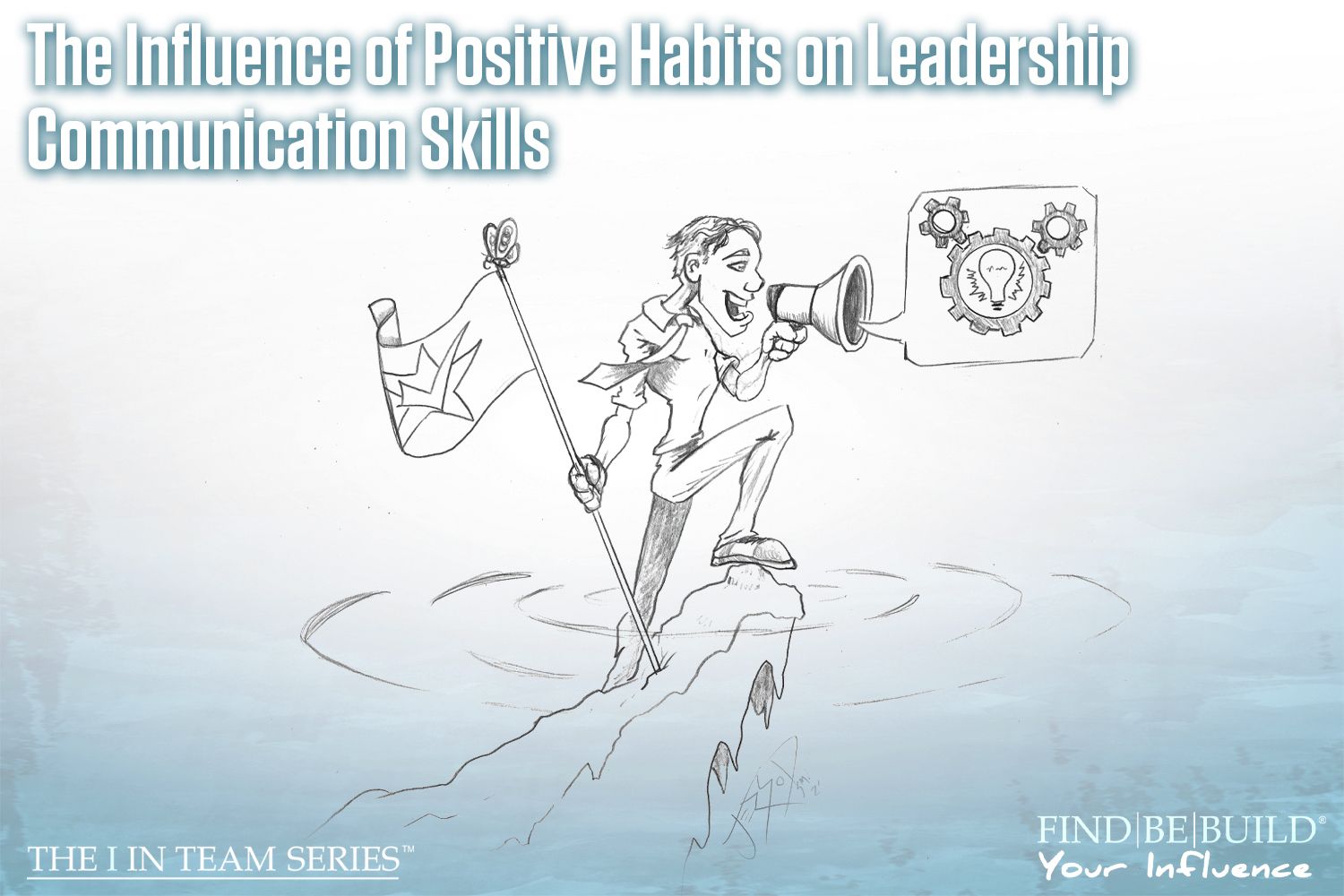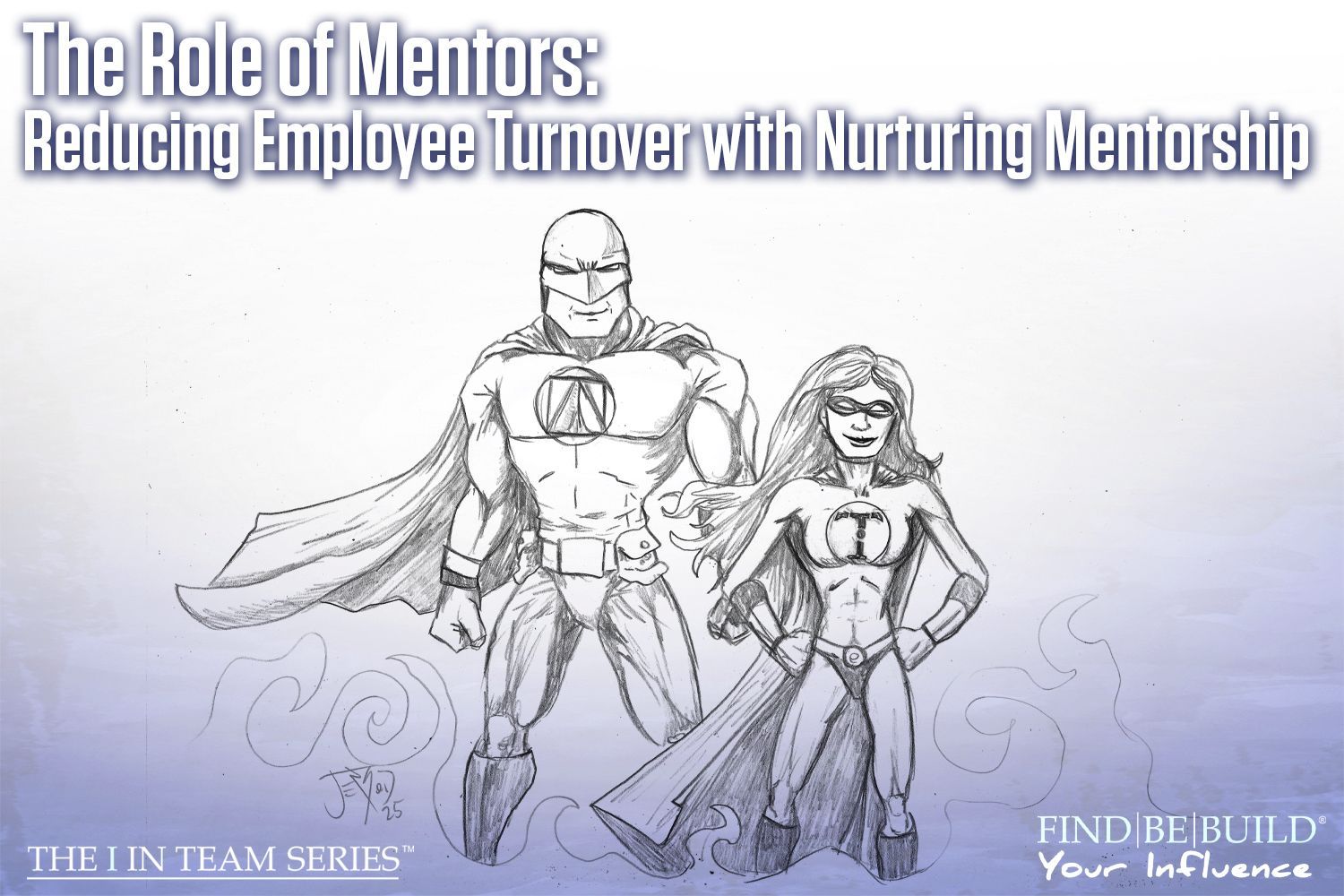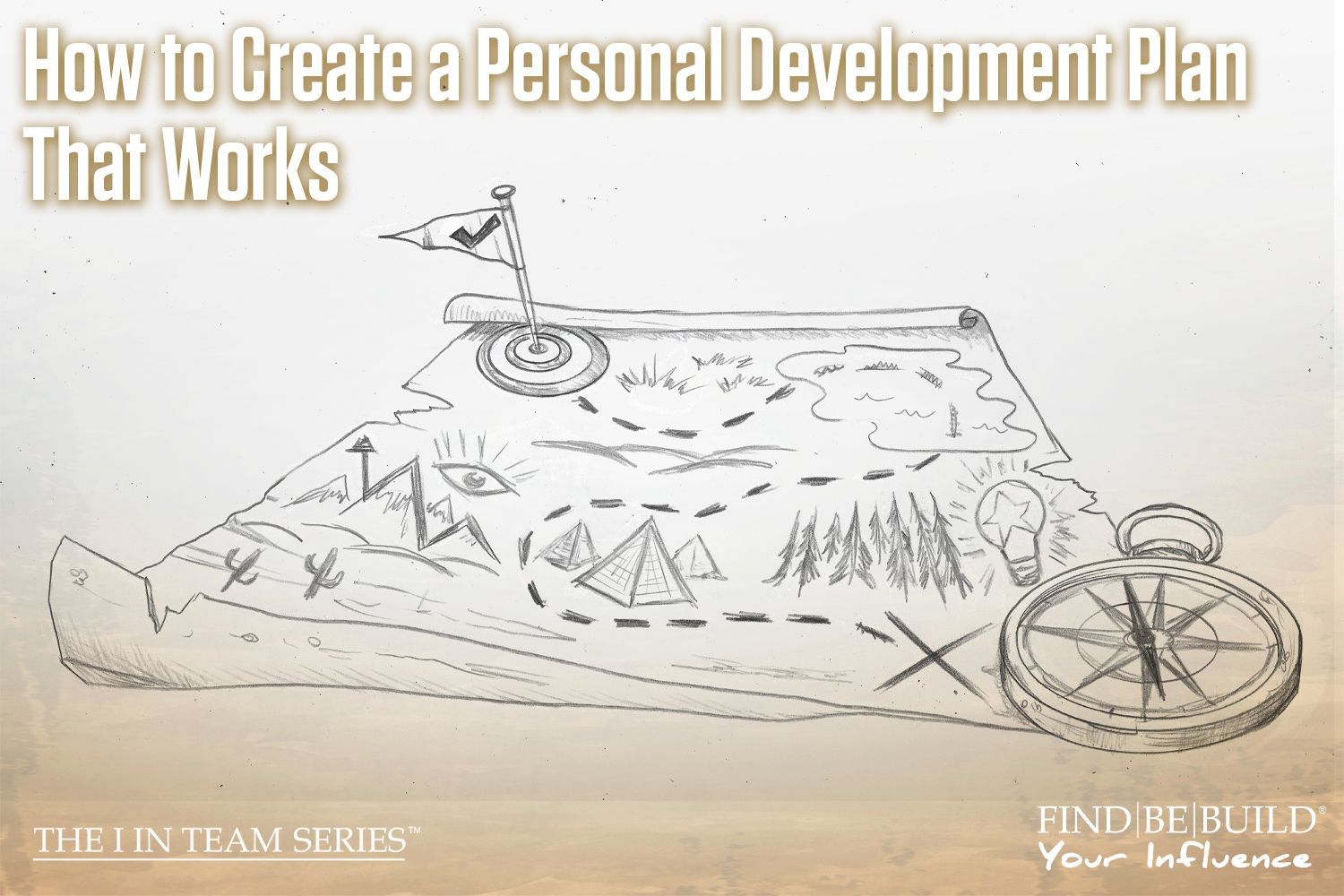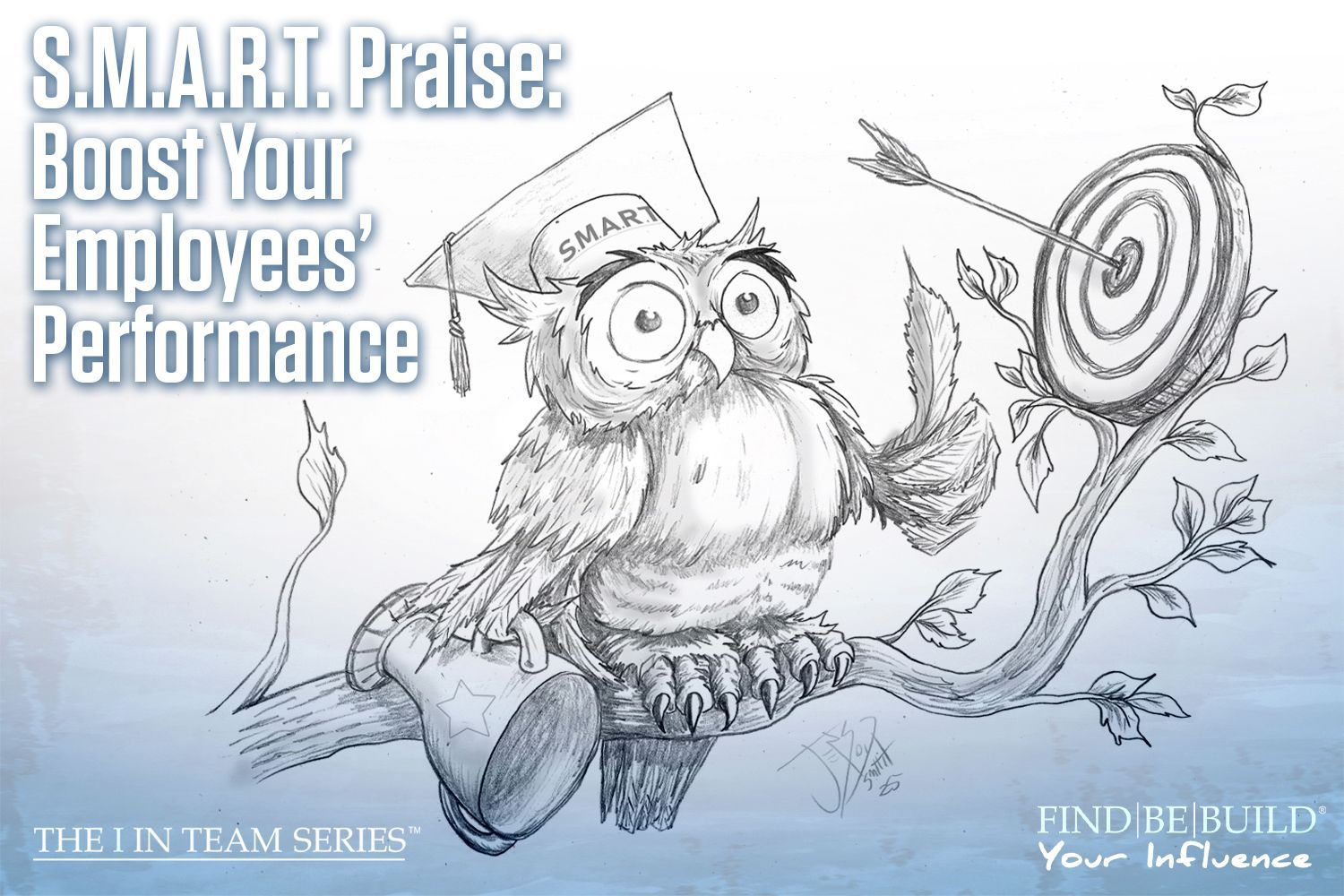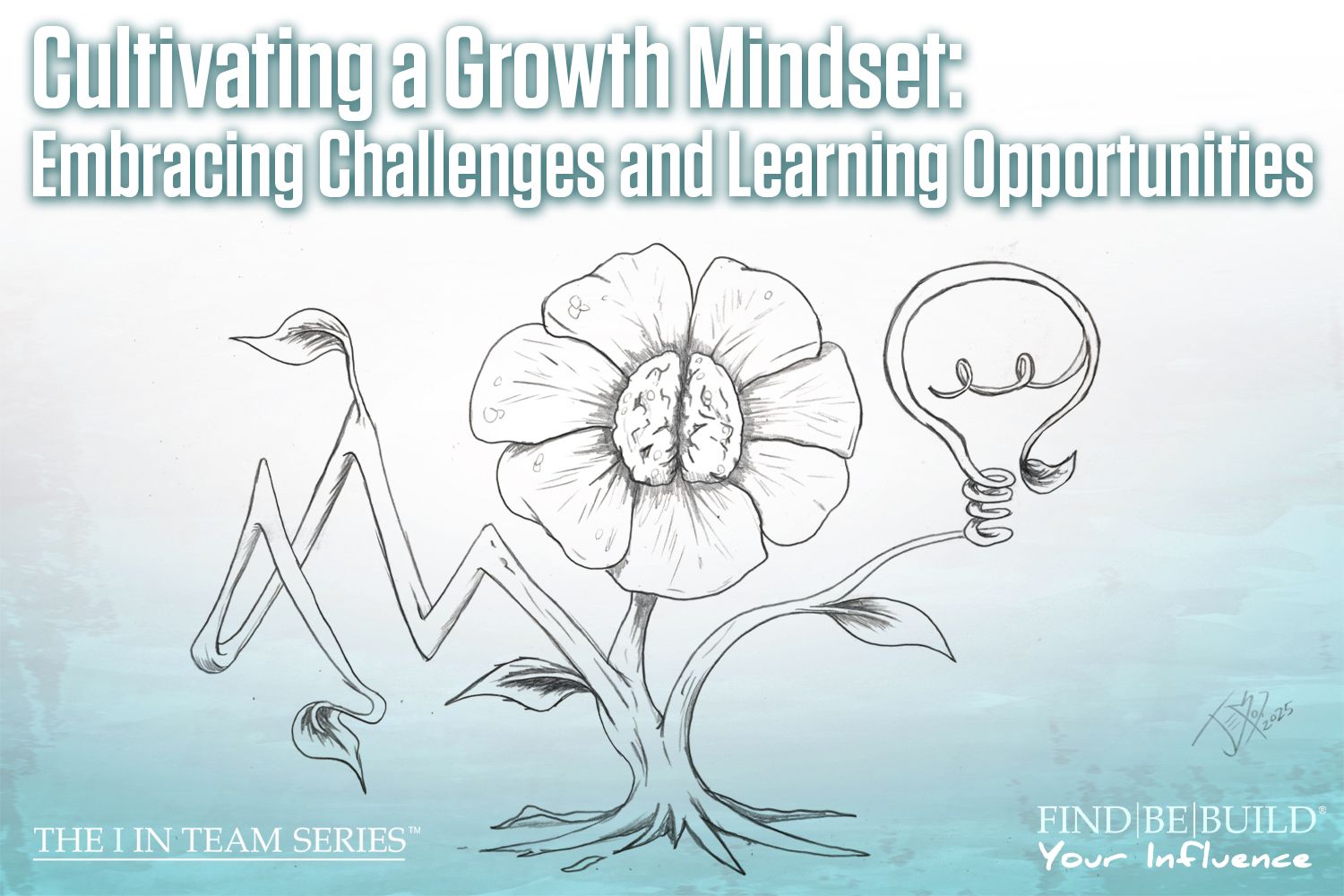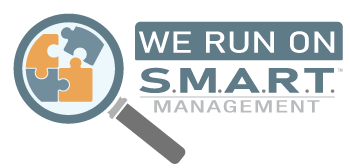Could You be Using Knock Off Products at Your Customer Location?

Business consulting strategies
Most of us do not think about who owns the intellectual property of the products and materials we use in our daily lives. But the truth is, patent infringement and the manufacture and distribution of knock off products is a crime against the inventor, the manufacturer, licensed distributors and installation companies, as well as the end users. In addition, you could potentially be endangering the public and property by not using proper materials and/or procedures designed for the patented product. This unethical and illegal practice could result in a failure that creates safety issues for the public.
Knock off products are not limited to high-end watches; many products used by both personal and business consumers can be copied and sold to unsuspecting consumers. These items can include chemicals, mechanical devices, or even products needed for compliance or certification.
Who is ultimately responsible for patent infringement violations? The answer might not be as simple or clear as it seems. With complicated supply chains and the use of expanded distribution networks, many times we are buying products through companies that are far removed from the manufacturer. We may also come across a particular system at a customers’ site and think we can do better than what the manufacturer recommends, or that we can reduce cost by making our own improvised service plan for a particular product. One question you should ask yourself is this, “Will my business liability insurance cover me if a product I design, sell, or install fails at my customers’ business?” Also, by altering the Original Equipment Manufacturers (OEM) system you take on the liability of failure if the product does not perform as it was intended, one of the many potential negative consequences of altering OEM equipment or making your own. Manufacturers carry specialized product liability insurance that not only protects them, but also protects you and your customer in the event of a failure. Product liability insurance is voided or non-existent for knock off or altered products.
Another area where product infringement can become an issue is with safety. Products not manufactured with the proper materials can fail, which may cause slip and fall and/or fire hazards in a business environment. Products built as copies or with substandard practices can also cause other systems to fail, creating residual liabilities that may be covered by an OEM product but not a knock-off or altered product. Also, products that are not serviced correctly or have improper replacement parts can cause residual long term liabilities that include property loss, safety, or other legal compliance issues.
The liability trail begins with the consumer end user when dealing with a knock off product that fails. When a malfunction occurs, they are likely left with a failed product, a damaged facility, and the possibility of injuries. When the consumer learns that a system has failed, they in turn blame the installer or the manufacturer. When this occurs with an OEM product, the product liability insurance covers any failure of their product. All credible service companies will carry liability insurance that covers any failure caused by work they perform. The issue becomes increasingly complex if the insurance carriers determine that it was not their product or it was a lack of proper maintenance of the product that caused the failure. At this point all bets could be off for the service company and the end user.
Companies may also use OEM replacement parts not manufactured by the original manufacturer. The question a consumer or service company must ask is; does the use of a non-OEM part negate my original warranty or cause me potential liabilities if the system fails? Most OEM replacement manufacturers carry additional warranties and or make additional assertions that sometimes supersede and exceed the OEM systems protection. Make sure if you’re using OEM replacements that you’re using them from a reputable company that stands behind its product in the event of a failure. Another liability that comes with using unauthorized replacements is potential patent law violations. The use of products that infringe on a patent can cause losses that exceed the original cost of the product. End users and the companies that install infringing products can be held liable to replace the product and for any damages caused. These types of actions can also lead to costly legal fees and loss of time as you try to unravel how a product was used that violates patent law. You also run the risk of ruining your personal reputation and that of your company when a customer learns that they have liabilities because a knock-off was used on their property.
Companies may also use OEM replacement parts not manufactured by the original manufacturer. The question a consumer or service company must ask is; does the use of a non-OEM part negate my original warranty or cause me potential liabilities if the system fails? Most OEM replacement manufacturers carry additional warranties and or make additional assertions that sometimes supersede and exceed the OEM systems protection. Make sure if you’re using OEM replacements that you’re using them from a reputable company that stands behind its product in the event of a failure. Another liability that comes with using unauthorized replacements is potential patent law violations. The use of products that infringe on a patent can cause losses that exceed the original cost of the product. End users and the companies that install infringing products can be held liable to replace the product and for any damages caused. These types of actions can also lead to costly legal fees and loss of time as you try to unravel how a product was used that violates patent law. You also run the risk of ruining your personal reputation and that of your company when a customer learns that they have liabilities because a knock-off was used on their property.
Wonder if your company has potential exposure? Is there another business issue on your mind?
© Individual Advantages, LLC. 2015
The post Could You be Using Knock Off Products at Your Customer Location? appeared first on IA Business Advisors.
